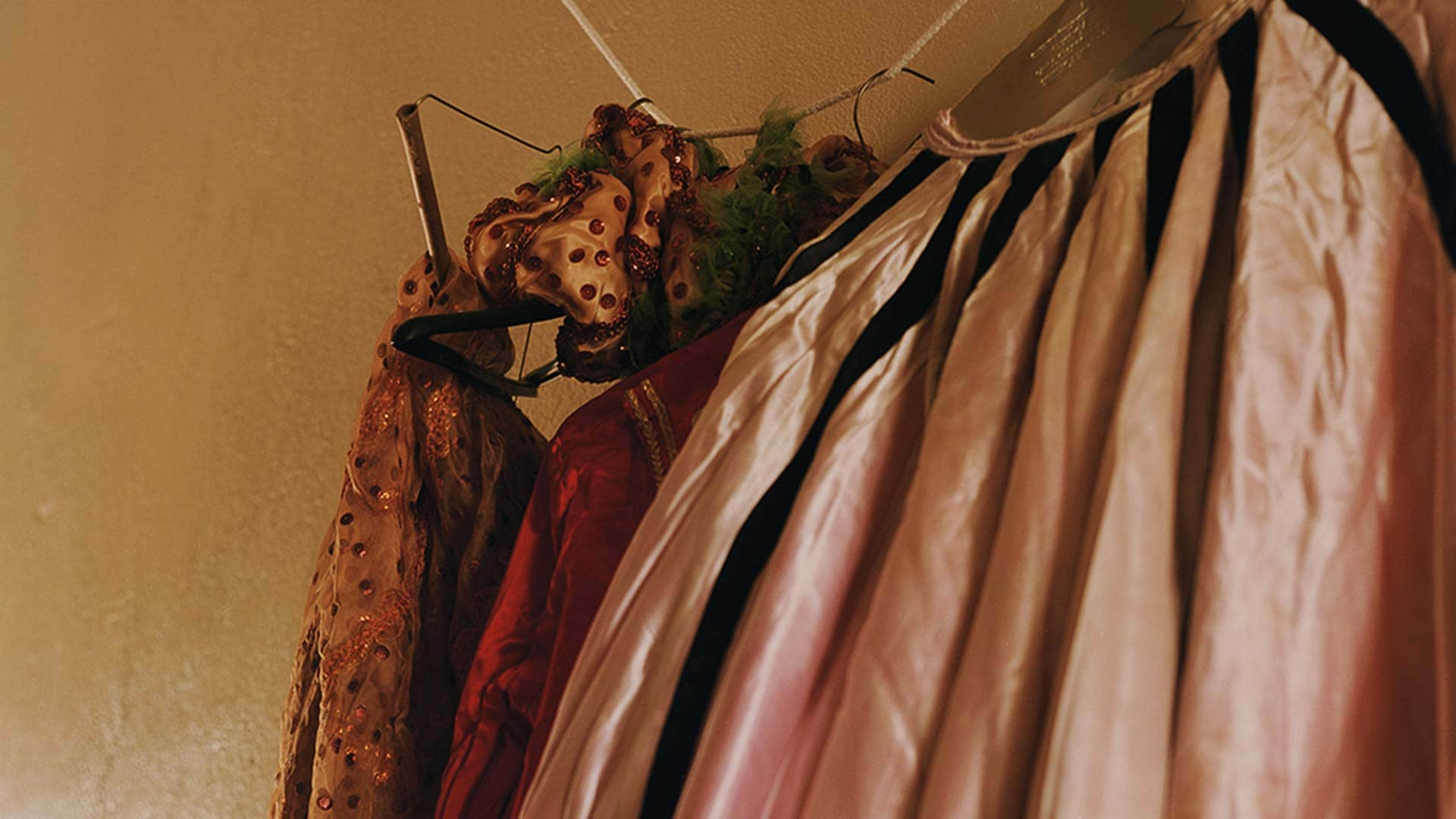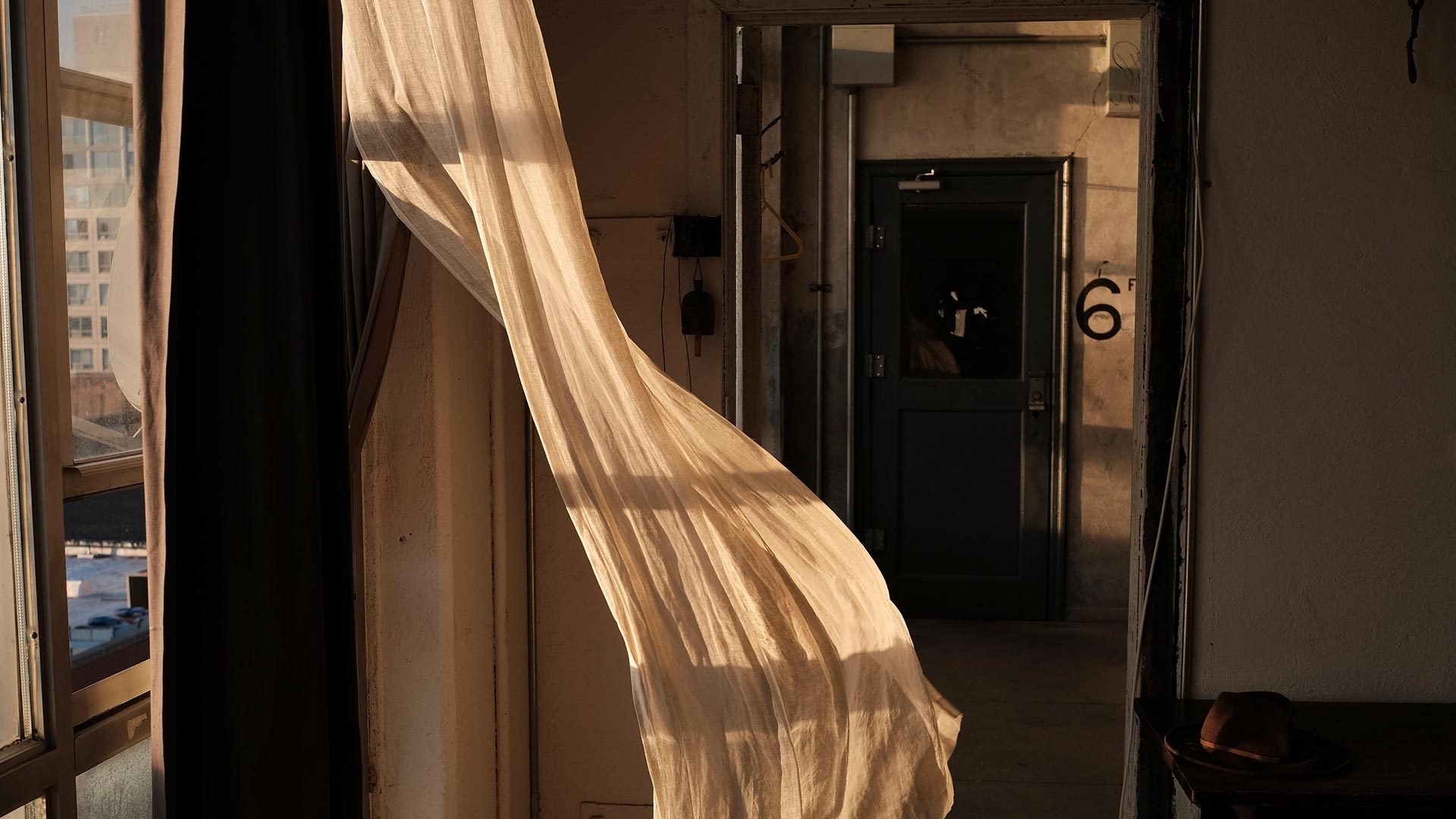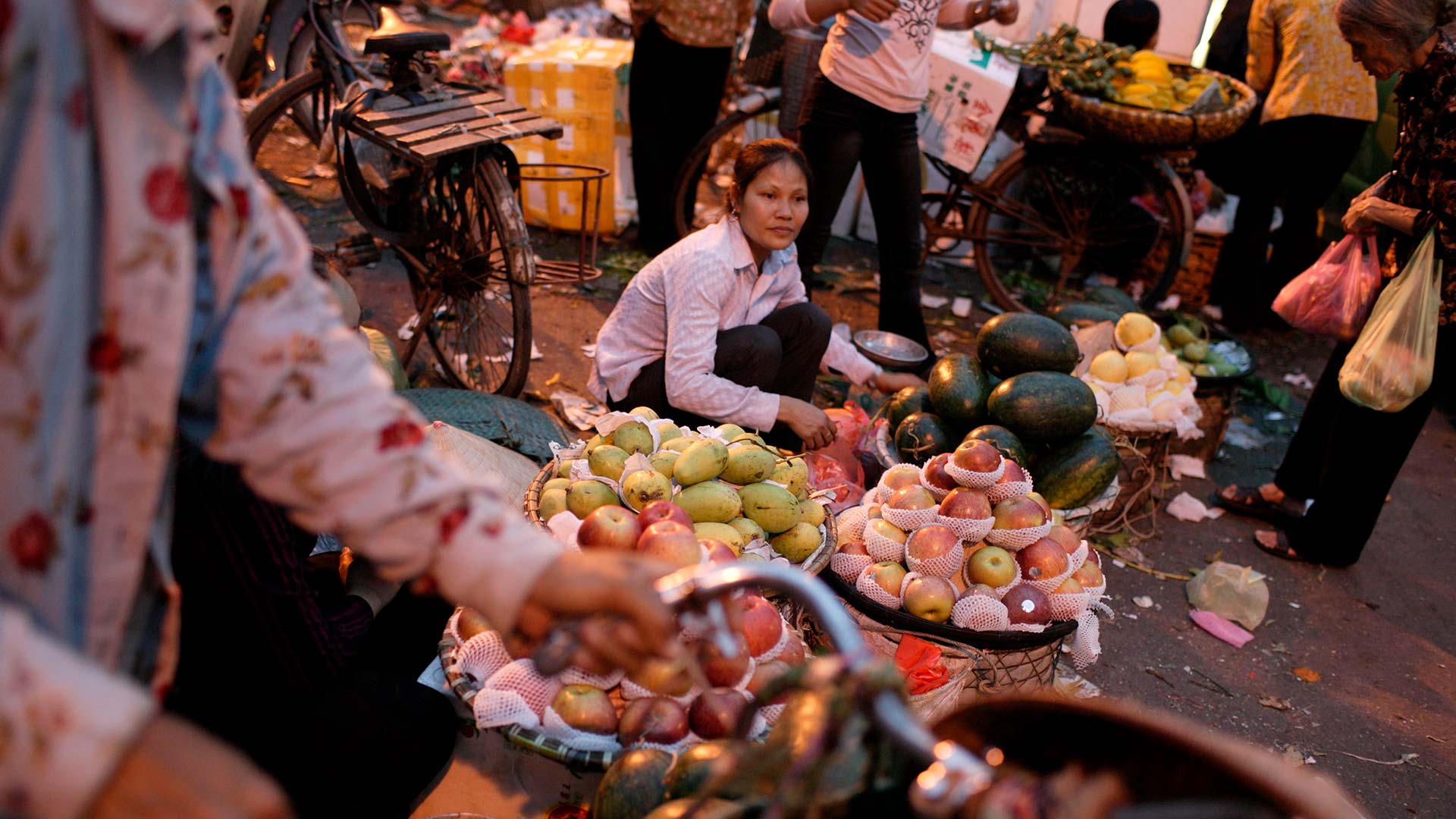When I was twenty and very young, I spent a year in the French Prealps, in a minor city called Grenoble. I arrived alongside several other American students on a bright afternoon in August, on a bus from Lyon. I remember squinting out the window at the wide yellow plain baking in the sun until the plain abruptly ended, without any sort of forewarning in the landscape, and a fantastic wall of dark stone and forest rose where it had been. I have always been enchanted by mountains, which seem to me to radiate a sense of promise. I pressed against the window and looked up at the ridgeline that now filled the sky, imagining what vastness might be awaiting me on its far side, once I got up and over. The other students chatted or slept, and I felt intrepid, just as I’d wanted. Ostensibly I went to Grenoble to study. I took a full course load at the university, and yet I don’t recall giving any particular thought to my classes. I could not articulate it at the time, and it took me several years to see it afterward, but what I’d gone to France to do was flee. I had arrived at the moment, after a rather long and unreflective adolescence, when it occurred to me that I might be a less impressive young man than I’d assumed, and that my ambitions might in fact be fantasies. These ambitions were intense and consuming but also completely unspecific. In a word—please forgive me—I wanted to be great. Or, rather, I wanted the distinction that trails the great; I didn’t think much about the particulars of how I would earn it. I was bright enough, and I made up for what I lacked in depth or creative talent with a terrifying Stakhanovism, but I was also quite obviously a child, and I supposed that the world, in its magical beneficence, would arrange to spare me a fate in the unremarkable middle. When I finally understood that this might be a naïve and rather rosy view of how things worked, I found the implications far too awful to confront. I fled in all sorts of ways, into all sorts of diversions and projects, but the one that came to occupy nearly all my energy, and which proved for a time to be the most effective palliative, was pedaling a bike. In the United States, I was attending a prestigious school that I’d worked extremely hard to reach. Almost as soon as I arrived among the other academic strivers, however, I decided that what I really wanted was to be an athlete, and I started racing bikes. What I liked most about it was the lonely training, and the heroism of the longest rides in particular. It did not escape my notice that these were impressive to the people I told about them, and they were impressive to me as well. My body seemed to contain no small amount of possibility, and I discovered this with both pleasure and relief. I also found it marvelous to reimagine myself over the great distances I’d covered, up the mountains I’d climbed and across the spaces through which I’d passed in the accomplishment of my crystalline will. The rides were monuments to my preferred notion of myself. They also had the effect of depleting me. Returning home from four or five hours of pedaling, I would fall into bed exhausted and blank. It was childish, and on some level I knew it, but it was also a kind of ecstasy. When we arrived in Grenoble, we were taken to some tiny old apartments in the city center, around the corner from a tenth-century cathedral. I imagine some of the others went to have a look at the church. I did not. Rather, in the dusky courtyard of the apartment building, I immediately set about unpacking my wheels and frame and handlebars, along with the tools and rags I’d brought from home. For weeks, I had been studying a cycling blog that provided turn-by-turn directions for rides around the city, along with photographs from waypoints along the routes, and these made it possible for me to imagine myself into my first hours in France with intense specificity. For my first afternoon, I planned to ride up to the Col de Clémencières, a mountain pass just outside the city; if I was feeling good, I would continue up higher. But at some point in the early evening, while I was still busy rebuilding my bike, the young man with whom I would be rooming that night arrived. I will call him Jim. I suspect I would have resented anyone’s presence just then, but I disliked Jim with particular force. He looked to me like a frat boy who’d fallen asleep drunk in the sun, with spiky hair and tiny black eyes in a puffy face, and he wanted immediately to commune about the marvelous romance of French life. He suggested we have dinner together that night, and I could see no way around it. I would still have time for the first col, though. It was a warm evening, with the sun lingering just above the peaks outside the city. I don’t recall exactly, but I must have ridden out over one of the stone bridges in the city center and along the stuccoed esplanade, and then followed signs to the right for Saint-Martin-le-Vinoux, the village at the foot of the mountains where the road to the col began and a name I had memorized for the occasion. The climb up to the col was a bit more than three and a half miles along a wooded hillside. I was very fit, and it didn’t take me any more than seventeen or eighteen minutes to reach the top, but the feeling of those minutes has remained with me since. I was climbing in the shadow of a high line of ragged cliffs and the temperature dipped as I went up. The air met the warmth of the day rising up from the pavement to create that vivifying tension that anyone who has spent time in the mountains will recognize, that mingling of hot and cool that snaps you into a moment of experience. I had imagined myself here on this road, precisely here, in this dreamscape; and here I was. I have never had a more exultant experience on a bike. The world seemed to be opening itself to confirm that, in the end, I would be moving into it as I had hoped. The hills continued up into the distance, punctuated here and there by craggy peaks rising out of the forest, and I looked out on them and felt that already they had begun, in secret, to belong to me. Jim and I went for dinner at a cheap café on the plaza across from the church. He ordered confit de canard and a glass of Côtes du Rhône and sat back in his chair looking out contentedly at the scene. This was evidently a moment he’d anticipated. I think I remember him sipping the wine when it came and saying something I found abominable, like, “Ah, yes, that’s it!” When we’d finished, he invited me to have a look around the city with him, but I escaped back to the room, where I intended to be asleep by the time he returned. * Grenoble sits at the crux of a Y formed by two broad valleys, with high mountains filling the sky in every direction. To the south and west is the Vercors Plateau, a long wall of dark stone that hangs above the city and was famous during the Second World War as a redoubt of the French Resistance. To the east is a range known as Belledonne, which rises first as a row of gentle mounds but culminates high above in serrated black peaks; behind these are the summits of the Alps. And to the north of the city, bounded on either side by its two valleys, is the Chartreuse Massif. The Chartreuse is the lowest of the three ranges, and the smallest in extent. If it is famous for anything at all, it is for lending its name to the neon liqueur that the local monks bottle. It is where I spent most of my time. I am tempted to call the Chartreuse the most literal mountains I have ever seen. What I mean is that they are staggering, on the one hand, and immediately graspable by the imagination, on the other—the Platonic ideal of a mountain range. They are young, and correspondingly dramatic. From the valley floor they shoot up about six thousand feet, the first several thousand of which are sheer limestone cliffs. Above these is a mile-wide band of grazing meadows and farm villages, and then another thousand feet of cliffs ending in a square ridgeline. The French call the suspended meadowland a balcon—a balcony—and that is precisely what it resembles. The word suggests the human scale of the Chartreuse; its features are stark and intelligible, rather like those of a house, or of a body. The mountains seem almost to have been imagined by man, and imagined in his image. The cols of the Chartreuse resemble what the French word suggests, which is to say the graceful curve of a neck, as if the ridgeline were the angular head and shoulders of someone laid on his side, and the col the dip between them. To me, the Chartreuse was a playground that resembled a kingdom. It was imposing and grand, and yet small enough that I could feel I’d made it my own. Its cols—the Granier, the Cucheron, the Porte—were arduous enough, but they had the added advantage of being a bit obscure, and I felt that their obscurity made me distinctive. The famous climbs in the High Alps were all crowded with tourists. The Chartreuse was empty except for locals and connoisseurs, and therefore uncrowded by stories of excellence about people other than me. Mountains tend to excite the proprietary impulse in the people who love them, and cycling in the mountains is very much a collector’s sport. One of my private pleasures in Grenoble was to look up at the mountains and remind myself that I had been up and over them and back, to tick off the cols I’d climbed and feel that they were mine. My ownership was tenuous, of course, and I was constantly anxious about renewing it; it was possession of an extremely effortful kind, requiring that I prove again and again that I was fit enough and willful enough to deserve it. But so long as I went back up, the mountains would reflect back to me the grand idea of myself for which I was desperate. My accomplishments on a bicycle were more than abstractions or mere memories; they existed as physical presences in the world. The mountains themselves were the record of what I had done, and in Grenoble the record was everywhere. * A few days after our arrival, the other Americans and I were moved to a dormitory on the university campus, in an area of big-box stores on the city’s outskirts. The other residents were a mix of locals and students from elsewhere in Europe, and I made friends with a number of them. From the start it was important to me, predictably, that the Europeans not lump me in with the other Americans. Jim lived just down the hall. On weekend nights, he and the others would take the tram into the city center to go out to clubs. About an hour before leaving, Jim would turn the music up loud in his room and start drinking with whomever he could pull in. Sometimes a few of the Europeans drank with him, which aggravated me, but mostly it was him and the Americans. The rest of us would make dinner together in the spare kitchen area and roll our eyes until they left and the music and the whooping stopped. The moments just afterward were among my favorites in Grenoble, when everything was briefly quiet and I was the only American left. At the start of the year, Jim would make it a point to invite me out with him. I always declined, and my disdain must have eventually grown apparent, and we settled into a silent standoff for the rest of his time in Grenoble. He left France midway through the year; I stayed behind. At first I felt triumphant, as if his departure proved my singularity, and yet very soon I was at loose ends. He’d been a foil but also an audience, and I think what I truly wanted from him was that he tell me, himself, that I was destined for something better than he was. This was a cruel sort of fantasy, but what I find most appalling about it now is how utterly nonsensical it was. I still went out on my bike, hoping that someone might watch my flight and mistake it for greatness. Grenoble was the smallest year of my life. Scott Sayare is a journalist. He lived for a decade in Paris, but now resides in New York.
Cart
Size
Quantity
Subtotal (Tax Incl.)


